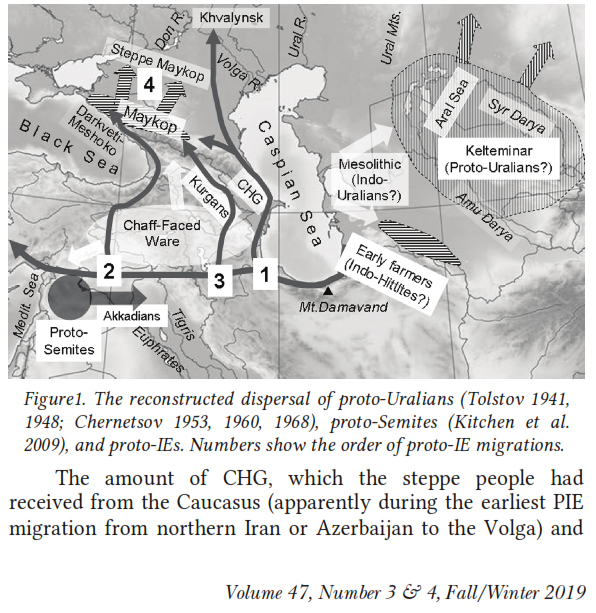blevins13
Regular Member
- Messages
- 1,238
- Reaction score
- 190
- Points
- 63
- Location
- Tirana
- Ethnic group
- Albanian
- Y-DNA haplogroup
- R1b-Z2103>BY611
- mtDNA haplogroup
- H7i1
Who? who relates Dorians with Hallstat?
All moderns say 2 possible things
1, they were always present, and Dorians means woodcutters, village people, (Dor possible meaning is Drys=oak tree, or Dor from leather cloths Dora=Fur)
2. they were from the same stuff of Greco-Brygians and came from Vucedol, (from 1928 till today archaiologist say so), and habited Central-North Greece, and moved South (return of Temenides) with sons of Hercules.
Vucedol is not Halstatt
you hust polute every thread about Greeks, and wat to turn out the meaning of every papper, saying whatever, and providing points,
In past you claim Mycenean ancestry,
then you claim the Mycenean were N hg and Seima-Turbino culture,
etc etc etc,
and if this post, cost me an infraction
I would gladly accept it,
people are tired of your Agenda,
yours and some others psychopathetics.
who at 2020 claim Fallmaier is better and wiser than genetics,
You guys do not convice noone,
Only you want to spread a sneaky mist so others to get lost in fog.
Greeks from Halstatt, !!! ????
Who the hell Genetist or serious scholar say so?
I am glad you are alive....considering what has happened in the last months...all Ballkan people have agendas, so probably I have one as well in my mind. But I am definitely not polluting, Eupedia is spreading this information, and then keep doing so for many years. If I have said something in the past in this forum...they are easy to find so do not spread lies. I never claimed any relation to Mycenaean, I might have said that my R1b-Z2103 relate to Dorians based on Maciamo’ views. And again Dorians from Hallstatt not Greeks.....I see Greeks similar to Great Britain different people coming together in different times, their language English does not make them all Anglo-Saxon.
Sent from my iPhone using Eupedia Forum



